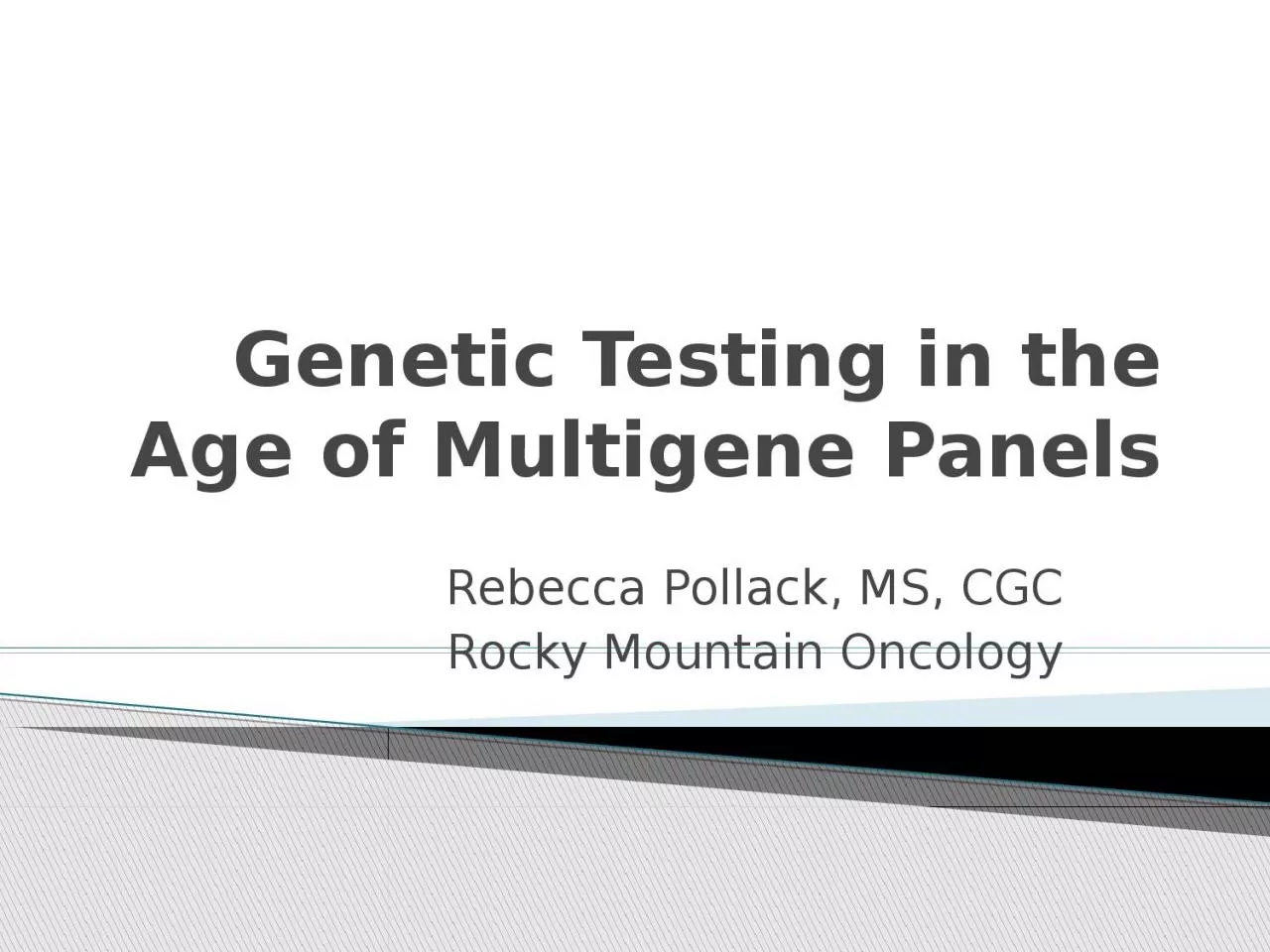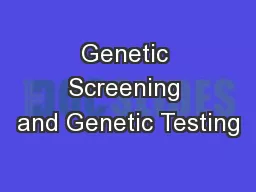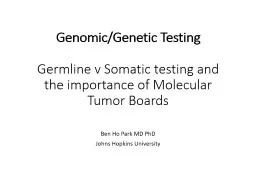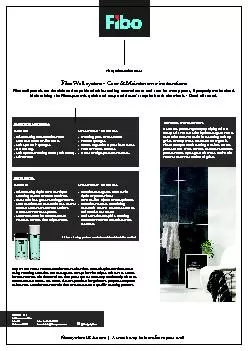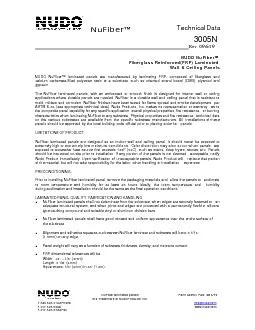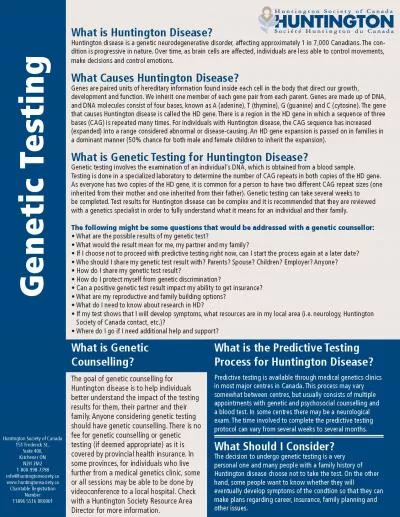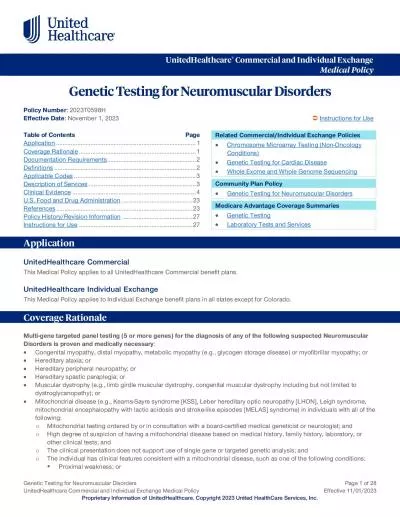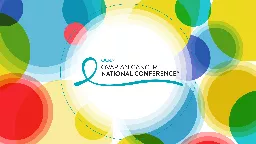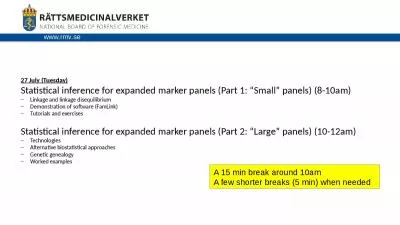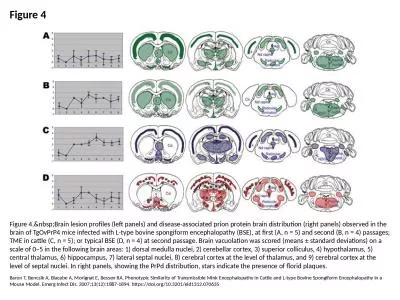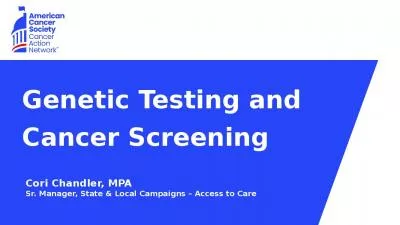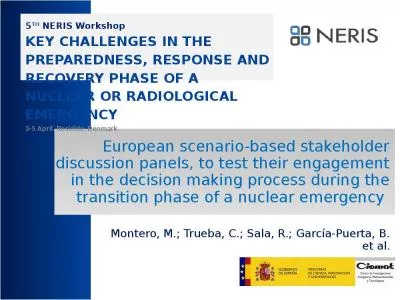PPT-Genetic Testing in the Age of Multigene Panels
Author : jasmine | Published Date : 2022-06-14
Rebecca Pollack MS CGC Rocky Mountain Oncology Identify patients who are appropriate for genetic testing Discuss benefits and limitations of Next Generation Sequencing
Presentation Embed Code
Download Presentation
Download Presentation The PPT/PDF document "Genetic Testing in the Age of Multigene ..." is the property of its rightful owner. Permission is granted to download and print the materials on this website for personal, non-commercial use only, and to display it on your personal computer provided you do not modify the materials and that you retain all copyright notices contained in the materials. By downloading content from our website, you accept the terms of this agreement.
Genetic Testing in the Age of Multigene Panels: Transcript
Download Rules Of Document
"Genetic Testing in the Age of Multigene Panels"The content belongs to its owner. You may download and print it for personal use, without modification, and keep all copyright notices. By downloading, you agree to these terms.
Related Documents

